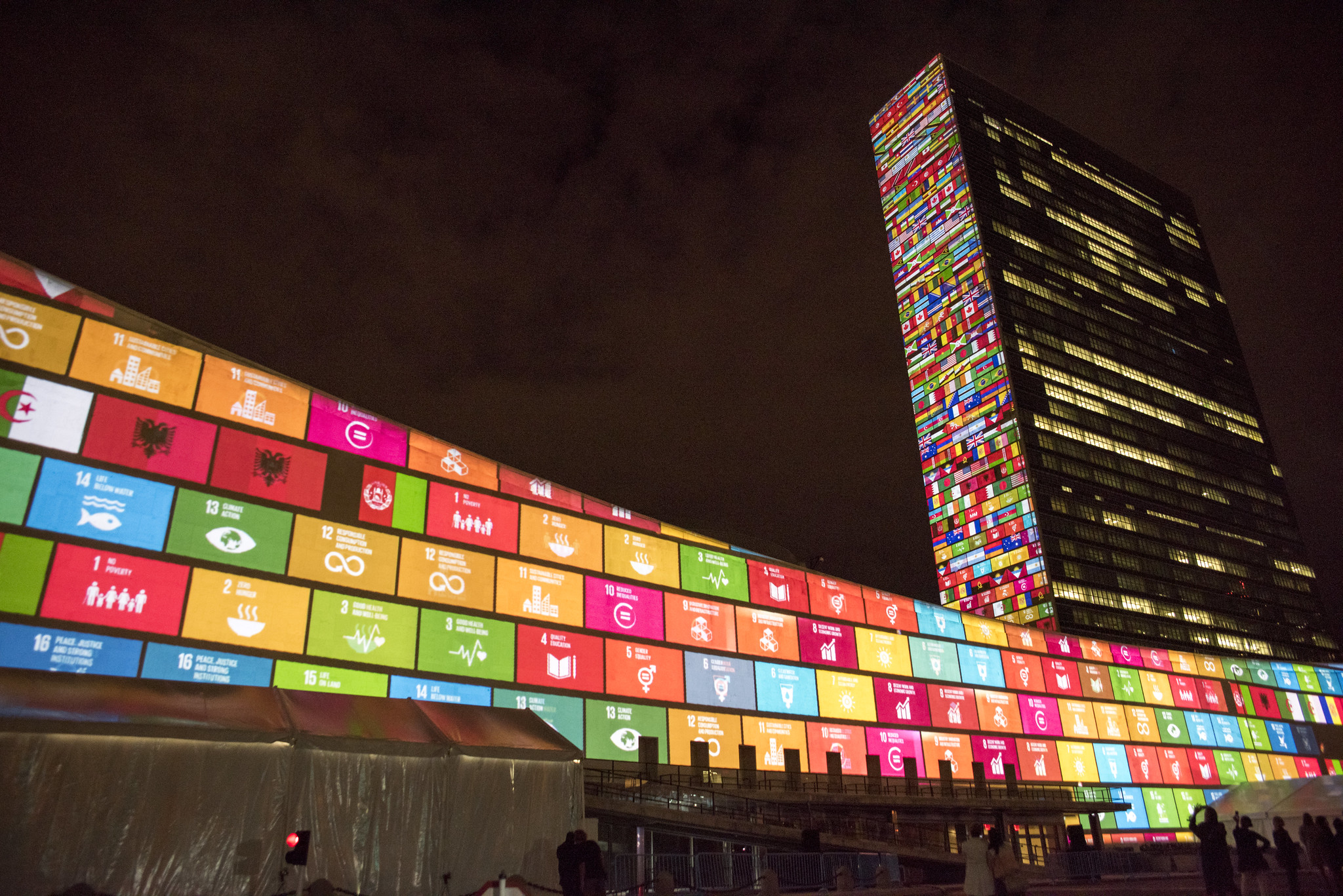Indigenous Americans march as part of Fridays for Future to highlight the impacts of climate change on their way of life. Credit: ph_m.
Introduction
Local Biodiversity Outlooks highlights the importance of indigenous peoples’ and local communities’ efforts to protect our common home, spanning the international biodiversity, climate and sustainable development agendas. Here is a brief summary of the wider policy context that the LBO project exists within, as well as groups working within these agendas to advance the recognition of indigenous peoples’ and local communities’ rights.
Biodiversity
The Convention on Biological Diversity (CBD) was formed in recognition of the need for an international legal framework that would support the conservation and sustainable use of biological diversity. Coming into force in late 1993, the CBD has three main objectives:
-
The conservation of biological diversity
-
The sustainable use of the components of biological diversity
-
The fair and equitable sharing of the benefits arising out of the utilization of genetic resources
From 2011 to 2020, the Aichi Biodiversity Targets guided the CBD’s work. The first and second editions of the Local Biodiversity Outlooks report outlined the important contributions that indigenous peoples and local communities made towards these goals.
The Global Biodiversity Framework
The Aichi Biodiversity Targets will be replaced by a new Global Biodiversity Framework, which is currently being negotiated and is expected to be launched in 2022 at the second part of the UN Biodiversity Conference.
Working Group on Article 8(j)
Article 8(j) of the CBD recognises the critical roles that indigenous peoples and local communities play in stewarding the world’s biodiversity. The Working Group focusses on implementing Article 8(j), including by developing a set of voluntary guidelines which have been adopted by the Parties to the CBD.
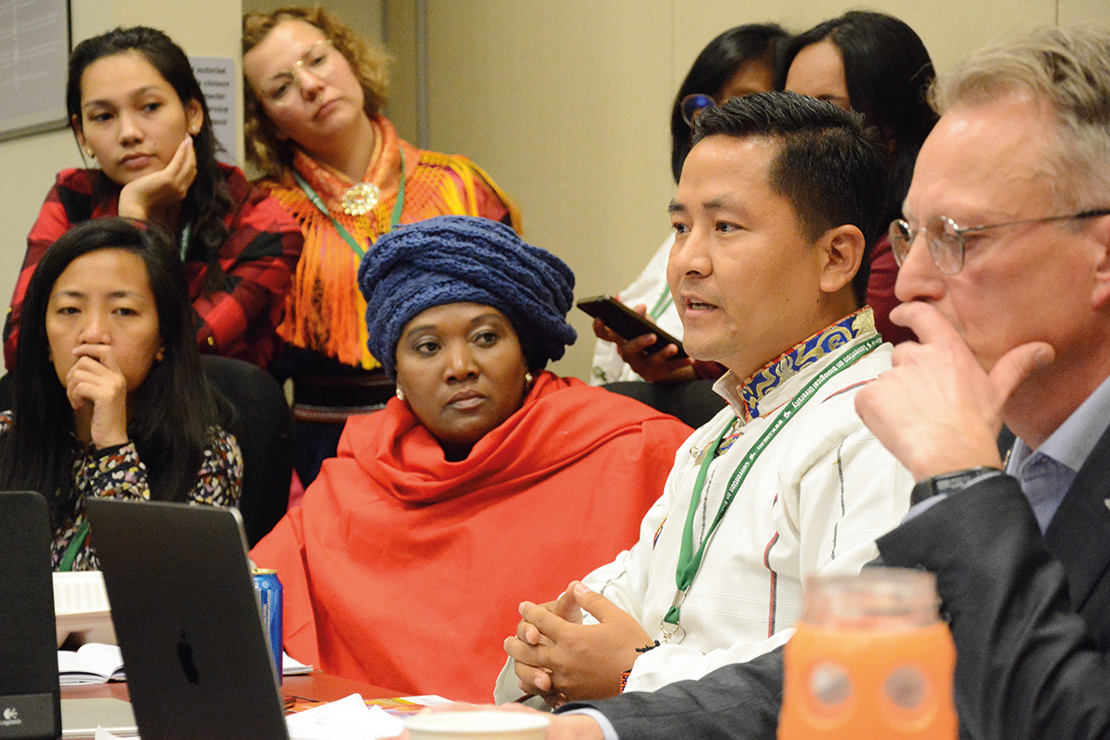
Members of IIFB participate in a meeting of the CBD Working Group on Article 8( j) and related provisions in Montreal, November 2019. Credit: Tom Dixon.
“The new Global Biodiversity Framework should be an opportunity for the Parties to reaffirm their commitment to respect and recognise the rights, knowledge and practices of indigenous peoples and local communities, as well as create the conditions for their full and effective participation in the work of the Convention.”
Ramiro Batzin, Maya Kaqchikel, SOTZ’IL and IIFB
Featuring case studies, examples, analysis and perspectives from over 50 Indigenous and local community authors, the second edition of Local Biodiversity Outlooks explores the contributions of Indigenous peoples and local communities to the implementation of the Strategic Plan for Biodiversity 2011–2020 and to renewing nature and cultures.
Find out more
The objective of the IIFB is to facilitate the full and effective participation of indigenous peoples in the Convention on Biological Diversity. The CBD enables indigenous peoples to directly address the relationship between natural resources, biodiversity and indigenous territories, and moreover, as a body of the United Nations, can have an international impact on the recognition of the rights of Indigenous Peoples.
Find out more
IWBN’s objective is to bring the issues of indigenous women to the forefront of international discussions while emphasizing the vital role they play in biodiversity conservation. The network facilitates a community of practice relating to the following themes: indigenous women, traditional knowledge, policy, and biodiversity conservation.
Find out more
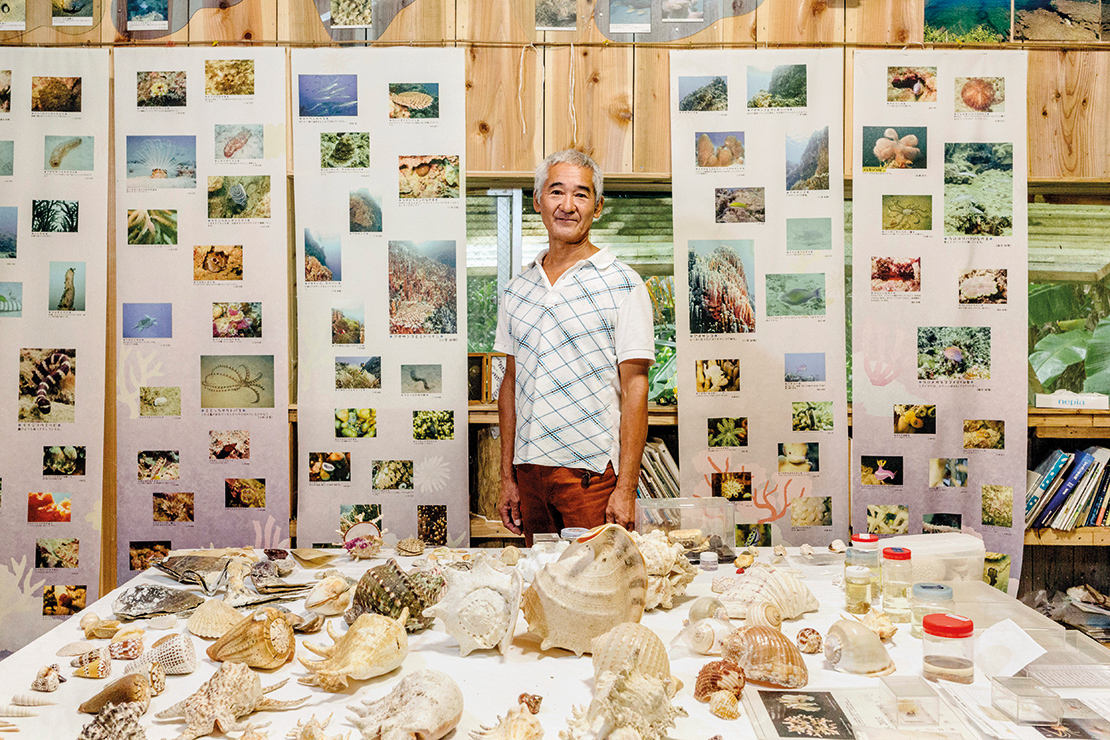
A member of a local diving team in Okinawa, Japan. The diving team monitors Oura Bay and documents what will be lost with the building of a proposed US military airstrip. Credit: Ian Teh.
Climate
The United Nations Framework Convention on Climate Change (UNFCCC) came into force in early 1994, shortly after the CBD. Like the CBD and the Convention to Combat Desertification, it was developed following the seminal 1992 Rio Earth Summit. Its objective is to avoid the worst impacts of climate change by encouraging global co-operation to stabilise greenhouse gas emissions. Central to this is the recognition that the historic emitters of greenhouse gases must take the lead in reducing emissions and supporting global adaptation efforts.
The Kyoto Protocol and the Paris Agreement
The UNFCCC’s objectives are put into practice through the Kyoto Protocol and the Paris Agreement. Recognising historically industrialised countries’ outsized contribution to climate change, the Kyoto Protocol requires a select number to reduce their emissions and to monitor and report on these reductions. The Paris Agreement’s objective is to limit global warming to 2 degrees Celsius above pre-industrial levels by encouraging action from all countries.
Local Communities and Indigenous Peoples Platform
The Platform aims to support greater recognition of local communities and Indigenous peoples’ knowledge and efforts to address climate change. The Platform’s objective is supported by the Facilitative Working Group of the Local Communities and Indigenous Peoples Platform.
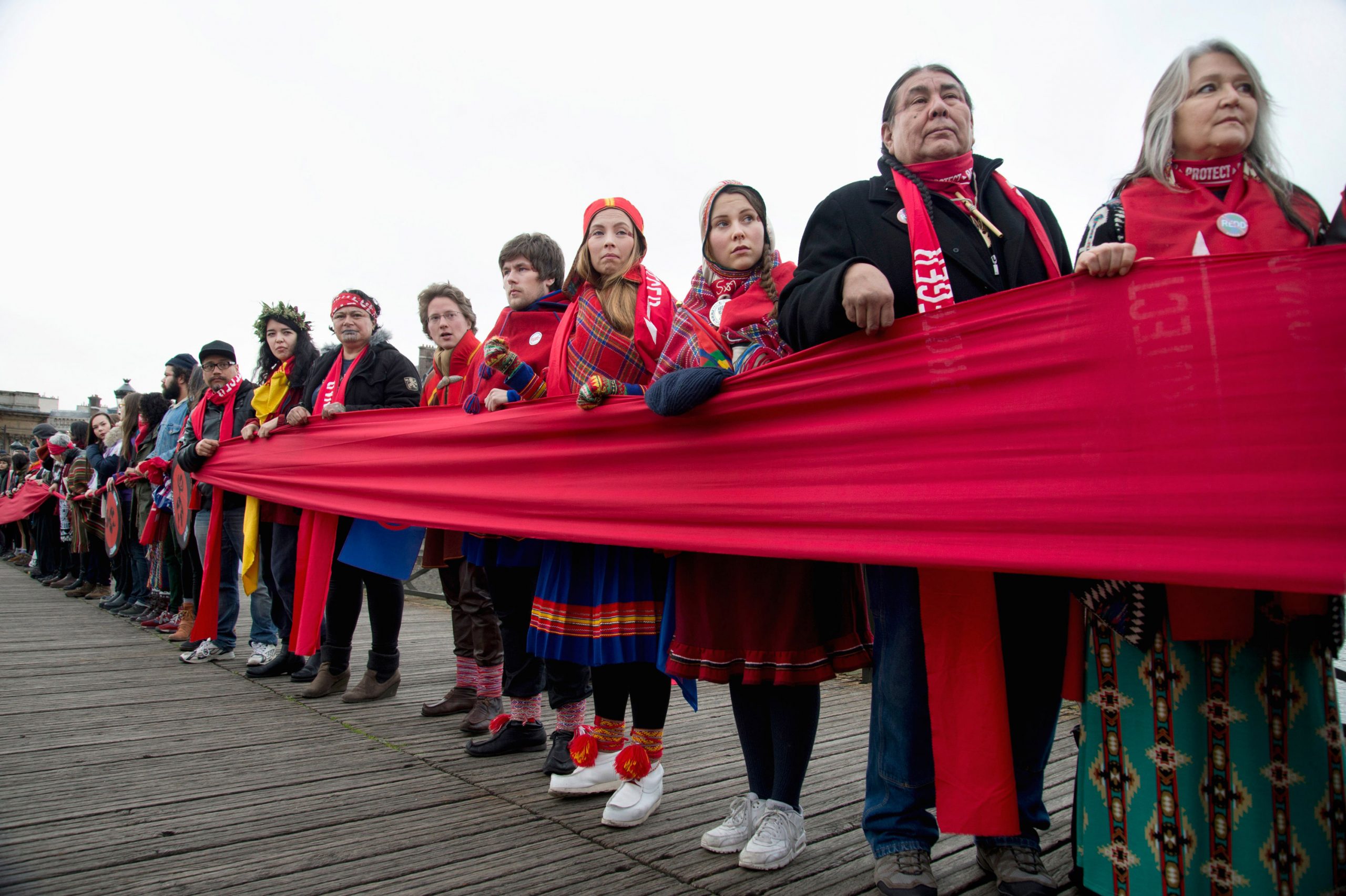
Indigenous activists holding a ‘Red Line’ on the Pont des Arts during the COP 21 UN Climate Conference in Paris, France. IPLCs are participating actively in policy forums and global climate change initiatives. Credit: Jenny Matthews.
“The world needs to base its decisions on the best available knowledge there is. Indigenous knowledge is currently missing in these negotiations and excluding it is a loss the world cannot afford.”
Jannie Staffansson, Saami, Saami Council
The International Indigenous Peoples Forum on Climate Change (IIPFCC) was established in 2008, as the caucus for indigenous peoples participating in the UNFCCC processes. The IIPFCC represents the caucus members who attend the official UNFCCC COPs and intersessions of the SBSTA/SBI bodies in between COPs. Its mandate is to come into agreement specifically on what IPs will be negotiating for in specific UNFCCC processes.
Find out more
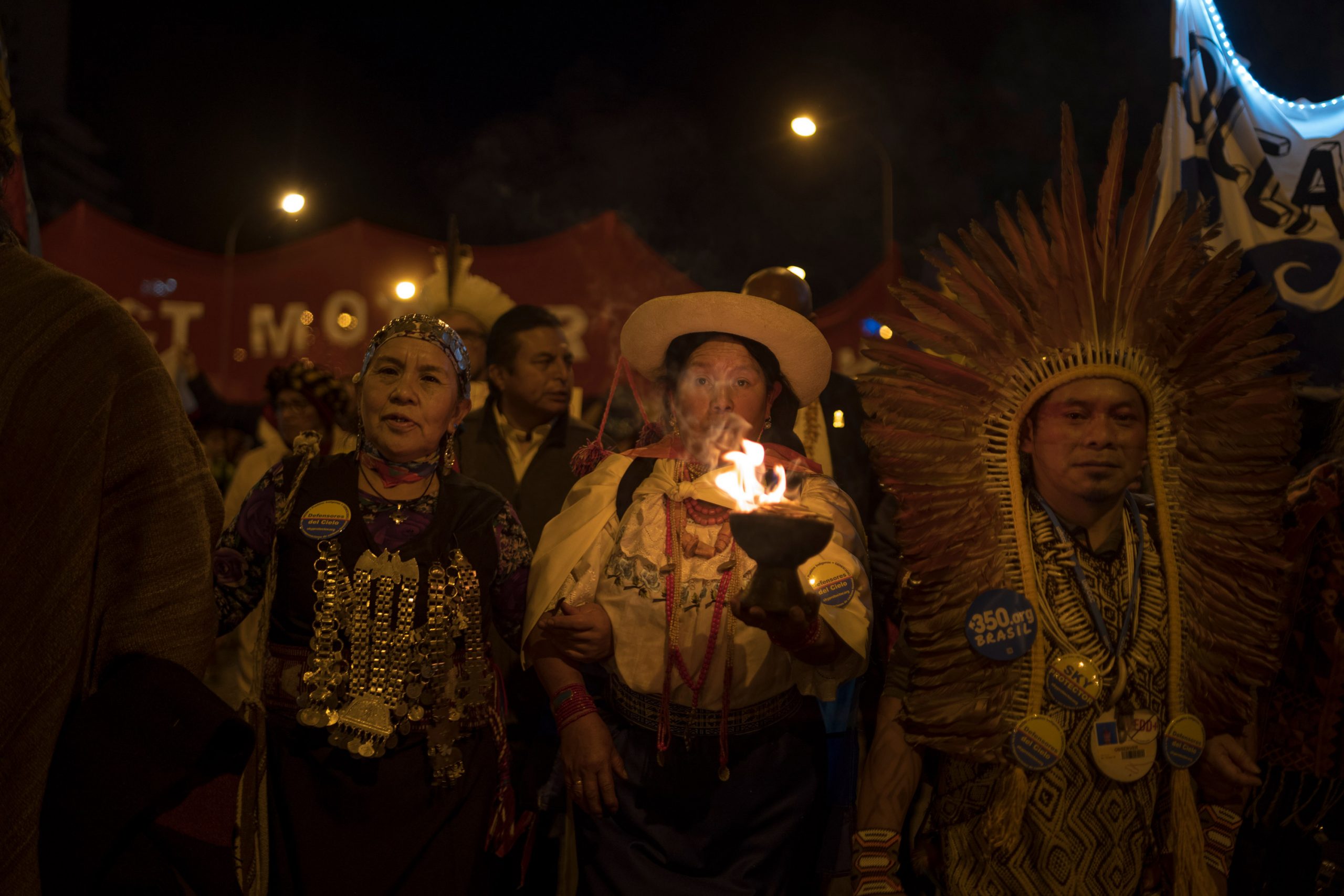
Indigenous Americans march as part of Fridays for Future to highlight the impacts of climate change on their way of life. Credit: ph_m.
Sustainable Development
The United Nations’ sustainable development agenda has been guided by two sets of goals: the Millennium Development Goals (MDGs), which were agreed at the Millennium Summit in 2000, and the Sustainable Development Goals (SDGs).
The Sustainable Development Goals
In 2015 the Sustainable Development Goals were agreed by the United Nations General Assembly. The 17 Goals cover a wide range of issues – including biodiversity, climate and human rights – and are intended to put sustainable development at the heart of global cooperation.
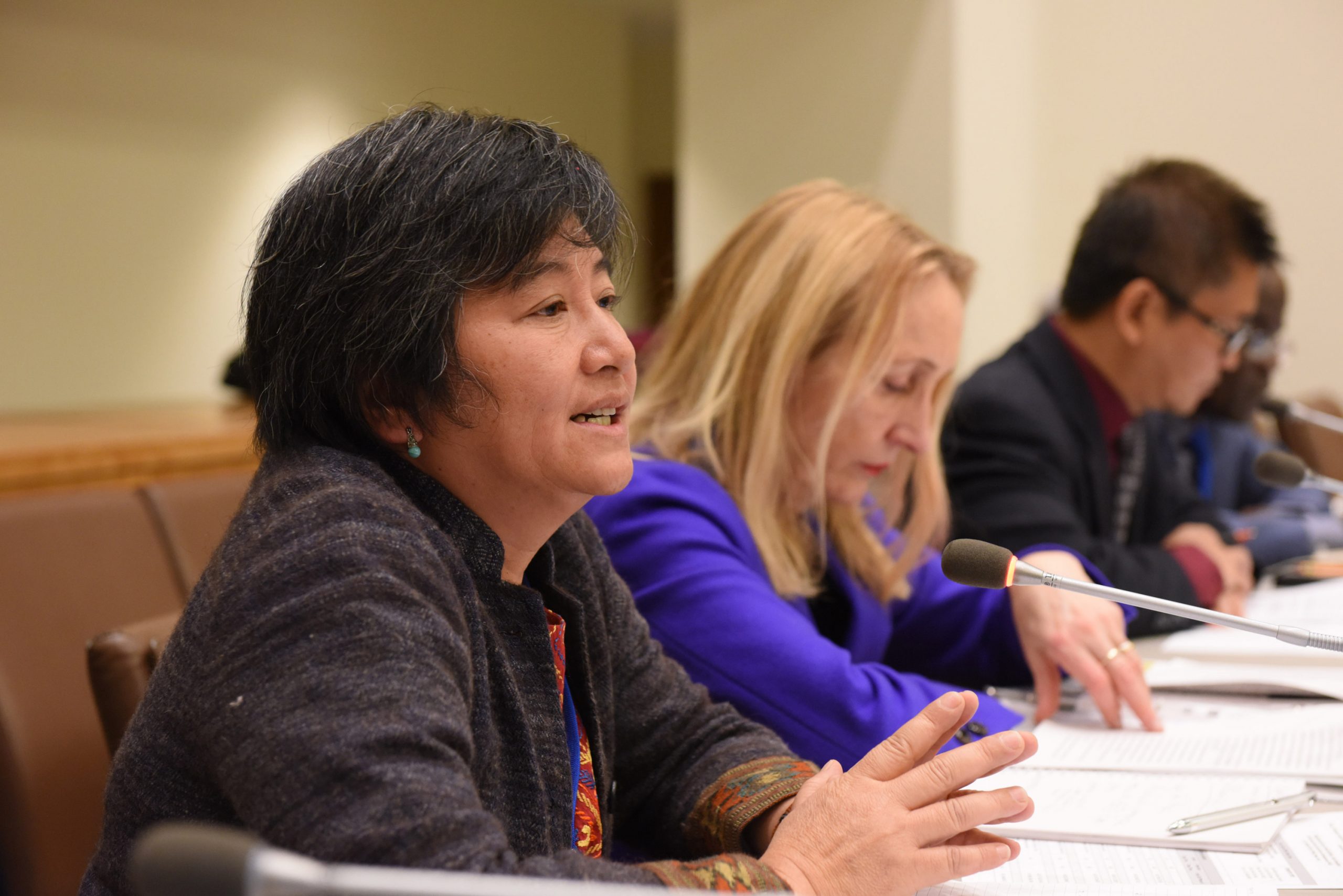
Joan Carling from the Indigenous Peoples’ Major Group for Sustainable Development speaks at an event on gender and the SGDs. Credit: UN Women.
“For Indigenous peoples, within the promise of leaving no one behind, this promise should be translated into a way for Indigenous peoples to advance and promote their self-determined sustainable development, which serves not only the peoples, but humanity as a whole.”
Joan Carling, Indigenous Peoples Major Group
Indigenous peoples have been engaging in relevant processes on sustainable development since the Earth Summit (Rio Conference) in 1992. The main advocacy agenda of indigenous peoples in these processes are the respect, protection and fulfilment of the rights of indigenous peoples as affirmed by the UN Declaration on the Rights of indigenous Peoples; as well as the full and effective participation of indigenous peoples in the development, implementation, monitoring and review process of actions plans and programmes on sustainable development at all levels.
Find out more
The Indigenous Navigator is a framework and set of tools for and by indigenous peoples to systematically monitor the level of recognition and implementation of their rights. It monitors the implementation of: The UN Declaration on the Rights of Indigenous Peoples; core human rights conventions as they pertain to indigenous peoples; essential aspects of the Sustainable Development Goals; the outcomes of the World Conference on Indigenous Peoples.
Find out more
